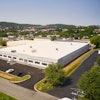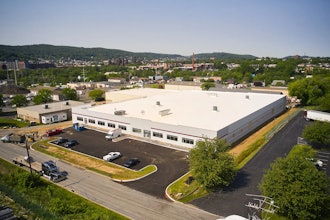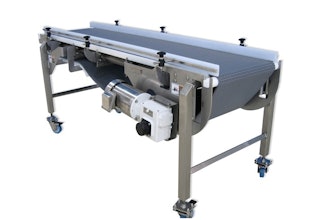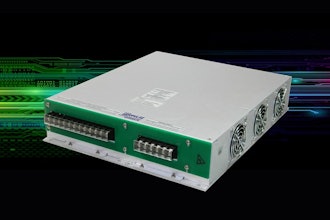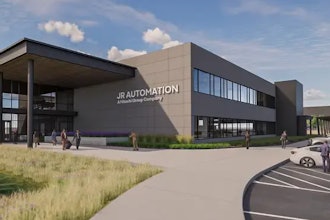WOBURN, MA — Job insecurity has fueled a general unease among American workers, driven not by foreign competition but by advancing technology. According to pessimists, millions of jobs will disappear in coming years because of robots, driverless vehicles and Artificial Intelligence, sparking mass social unrest and upheaval.
These fears are greatly overblown, says Donal Waide, Director of Sales for BitFlow, a manufacturer of machine vision components used in robotics, automation systems and quality control.
"Technology has altered the employment prospects of Americans since the automobile closed down buggy whip makers," says Waide. "While technology will certainly eliminate some lower-skilled jobs, it will create new ones that are higher paying and more rewarding. For example, engineers will be needed to design automated machines and technicians to maintain and program them. Others will work side by side with robots in jobs that are not fully automatable."
For all the anxiety of robots replacing workers, Waide is quick to point out that half the nation's 233,300 industrial robots are in use in just 10 Midwestern and Southern states, primarily in the material handling and automotive industries, and that most of the jobs eliminated by these robots were dangerous, repetitive and physically demanding ones.
Another fact: the U.S. automotive industry installed more than 60,000 industrial robots between 2010 and 2015. During this same period, the number of employees in the U.S. automotive sector increased by 230,000. A similar outcome occurred with ATMs in the banking industry. The number of bank jobs in the U.S. has increased at a healthy clip since ATMs first became widespread in the late 1980s. Automated technology allowed banks to operate branch offices at lower cost, prompting them to open more branches and offsetting the loss in teller jobs.
BitFlow has seen similar results with customers employing its frame grabbers in machine vision applications.
"Compared to human inspection, machine vision is far more accurate in detecting defects," says Waide. "It improves the quality of products which in turn makes for higher demand for the products with less waste. Greater demand and profitability translates into more growth for the company and more jobs, not less."
Close to 15 million new jobs will be created in the U.S. over the next decade as a direct result of automation, equivalent to 10 percent of the American workforce, according to a report from Forrester Research, while another 25 million will be transformed with new responsibilities and potentially higher pay. American jobs that could be made irrelevant by automation over the next two decades are typically lower paying and require little training, such as telemarketers and fast-food service workers.
"Automation and robotics may create more jobs than the number lost in areas such as software, engineering, design, maintenance, support and training," Waide predicted. "Not all will require a college degree, but some higher eduction or retraining will typically be needed, especially the STEM jobs — those in science, technology, engineering or math."

